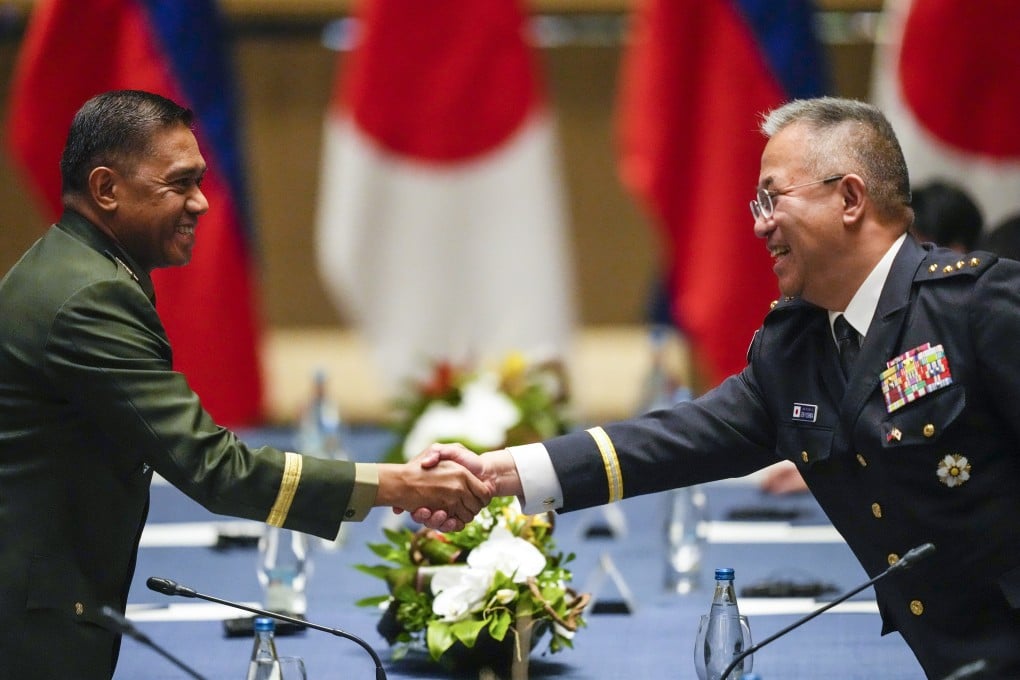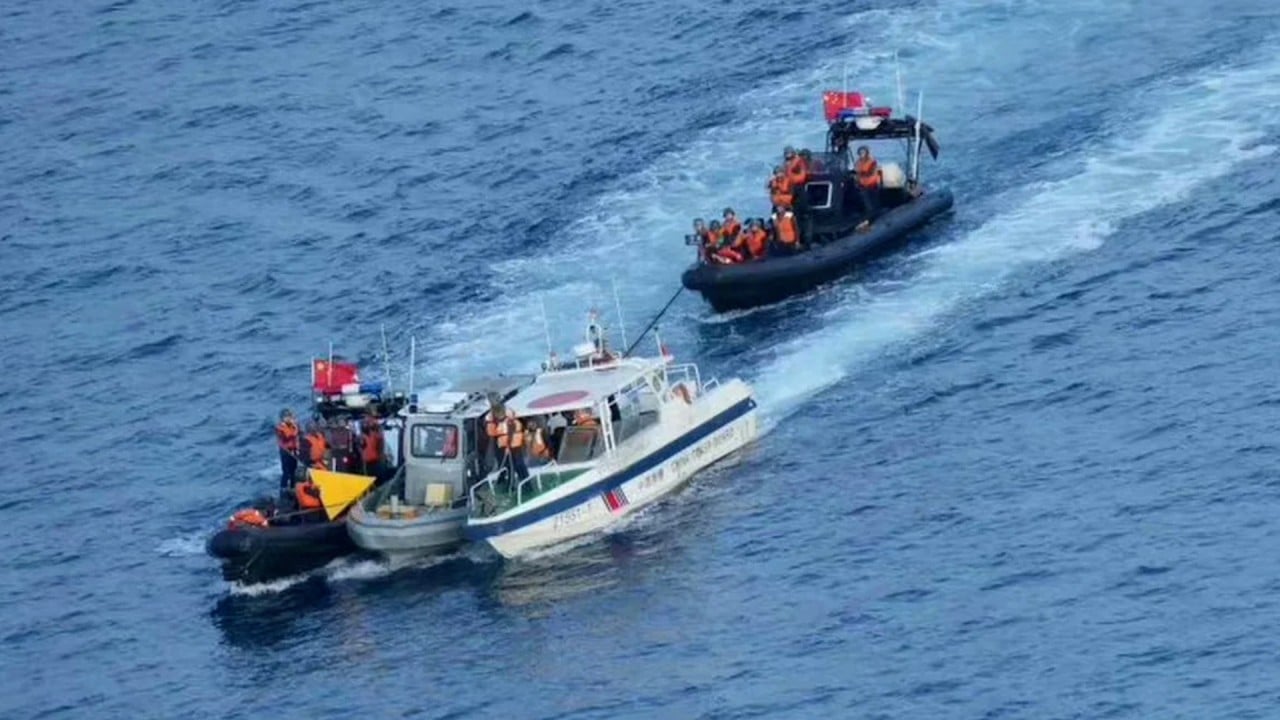Advertisement
Opinion | As American allies in Asia take matters into their own hands, what of the US?
- If the US wants to protect its influence in Asia, it must drive greater economic engagement with its regional partners
Reading Time:3 minutes
Why you can trust SCMP
2

For much of last week, senior US officials were engaged in a hectic schedule of diplomatic meetings across Asia. The meetings took place against the backdrop of the run-up to the American presidential elections which will take place in November and the spectre of former US president Donald Trump’s return to power.
Advertisement
Trump’s possible return has sparked a serious round of stocktaking around the world, including in Asia. The last time Trump was in office, he asked that US allies in Asia do more heavy-lifting in service of shared security interests. Ties with China were frosty and marked by an escalating trade war. On North Korea, Trump oscillated between bombast and bonhomie, unsettling US allies in East Asia.
According to a new Trump Risk Index from the Economist Intelligence Unit, several Asian economies, including some with close security ties to the US, are especially vulnerable when it comes to trade. Among the 10 major trading partners that are most at risk due to potential trade policy changes under Trump, six of them are in Asia.
There are already ominous signs. During a campaign speech last year, Trump had called US President Joe Biden’s flagship Indo-Pacific Economic Framework (IPEF) “TPP Two”, referring to the Trans-Pacific Partnership trade deal from which Trump had withdrawn as president. He promised to similarly pull out of the IPEF if elected.
US allies in Asia are preparing for these eventualities by taking matters into their own hands and reducing their dependence on the United States. Last month, for instance, the Philippines reached a provisional agreement with China to allow the resupply missions by Filipino soldiers to a beached naval ship in the South China Sea.
Advertisement
The agreement followed confrontations between Chinese and Filipino vessels over previous resupply missions. In the aftermath of those flare-ups, reports suggested that the US had offered to help the Philippines in conducting the resupply operations. But the Philippines had turned down those offers, preferring instead to deal with China on its own.

Advertisement

